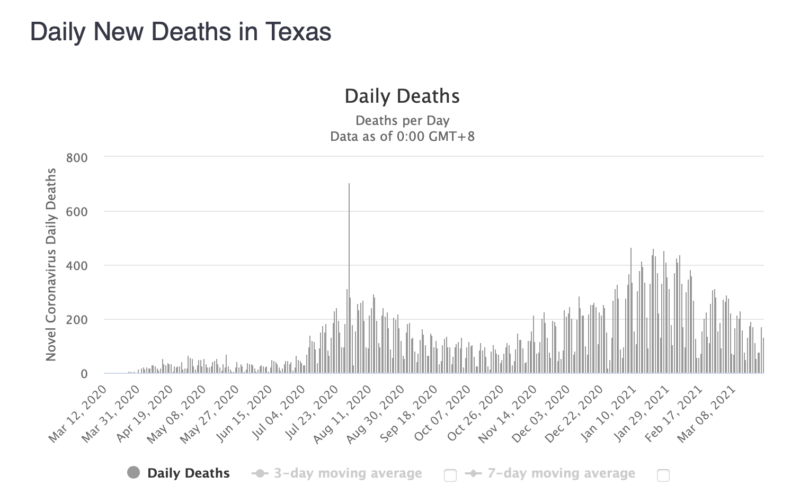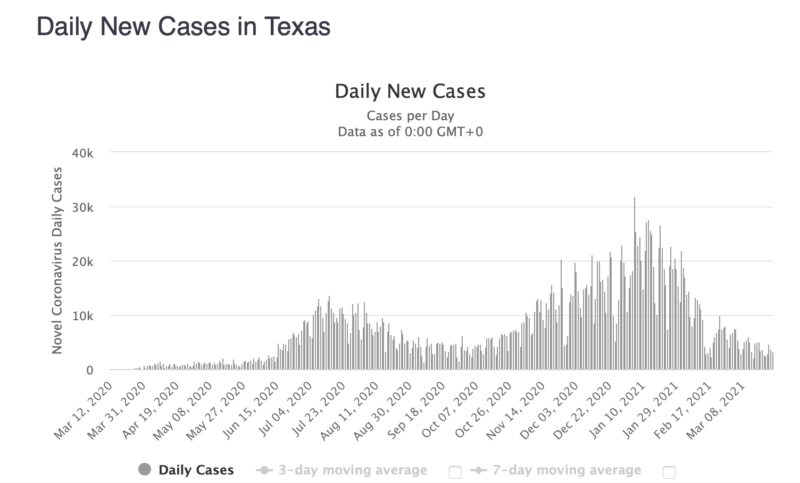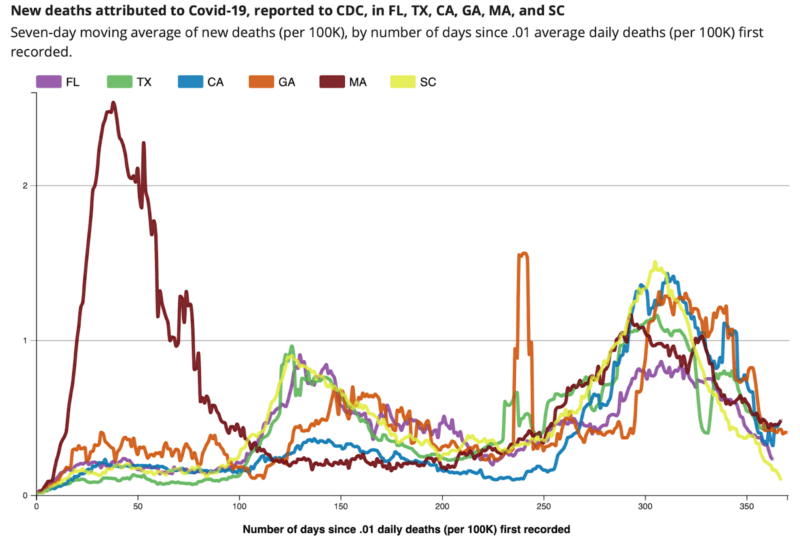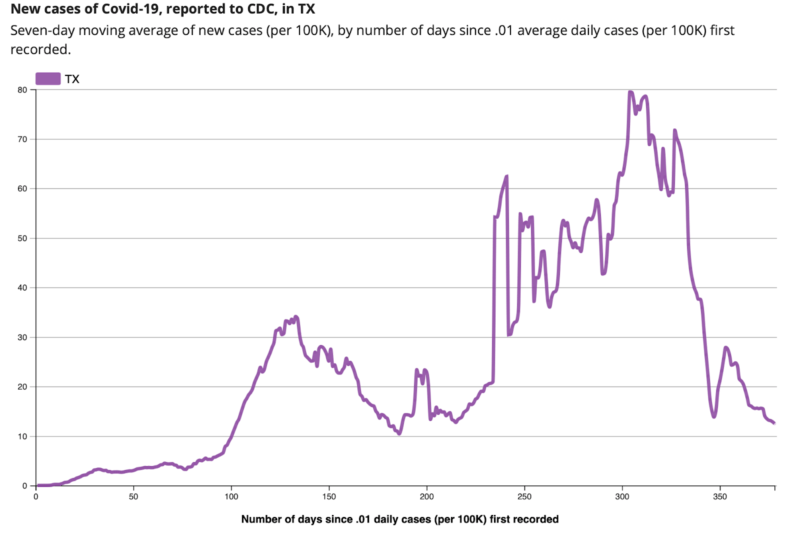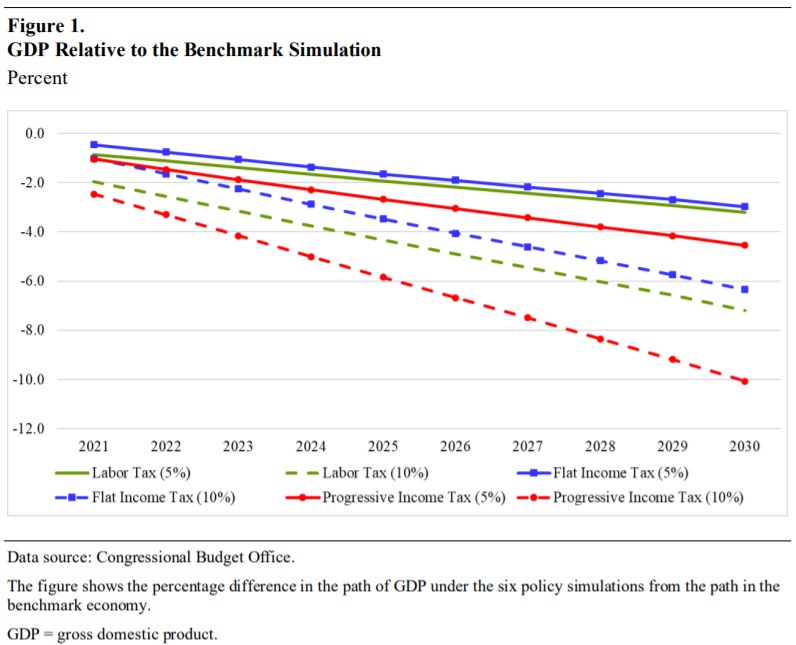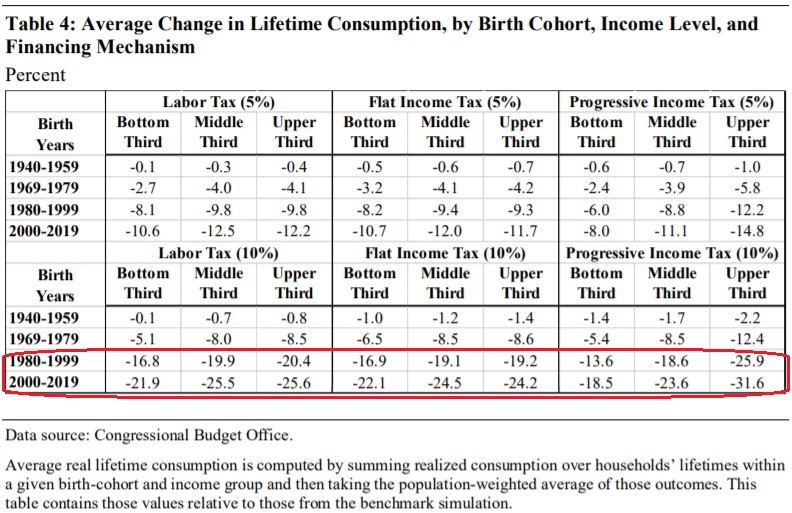"Every year the National Committee on Pay Equity (NCPE) publicizes “Equal Pay Day”
to bring public attention to the gender earnings gap. According to the
NCPE, “Equal Pay Day” falls this year tomorrow on Tuesday, March 24
based on an approximate 20% difference in unadjusted, raw median annual
earnings according to the Census Bureau. Tomorrow’s “feminist day of
grievance” therefore allegedly represents how far into 2021 women will
have to continue working to earn the same income that their male
counterparts and co-workers earned in 2020, supposedly for working side-by-side with men doing the exact same job working the exact same number of hours per week with the same education and the exact same number of years of continuous, uninterrupted work experience.
Inspired by Equal Pay Day, I introduced “Equal Occupational Fatality Day” in 2010 to bring public attention to the huge gender disparity in work-related deaths every year in the United States. “Equal Occupational Fatality Day”
tells us how many years and days into the future women will be able to
continue to work before they will experience the same number of
occupational fatalities that occurred for men in the previous year.
Last December, the Bureau of Labor Statistics (BLS) released final data
on workplace fatalities in 2018, and a new “Equal Occupational Fatality
Day” can now be calculated. As in previous years, the top graphic above
shows the significant gender disparity in workplace fatalities in 2019:
4,896 men died on the job (91.8% of the total) compared to only 437
women (8.2% of the total). The “gender occupational fatality gap” in 2019 was again considerable — more than 11 men died on the job for every woman who died while working.
Based on the BLS data for 2019 for workplace fatalities by gender
(and assuming those figures will be approximately the same in 2020), the
next “Equal Occupational Fatality Day” will occur ten
years from now – on May 9, 2031. That date symbolizes how far into the
future women will be able to continue working before they experience
the same loss of life that men experienced in 2020 from work-related
deaths. Because women tend to work in safer occupations than men on
average (frequently reflected in lower wages), they have the advantage
of being able to work for a decade longer than men before they
experience the same number of male occupational fatalities last year.
Economic theory tells us that the “gender occupational fatality gap” explains part of the “gender earnings gap”
because a disproportionate number of men work in higher-risk, but
higher-paid occupations like iron and steelworkers (97.8% male) roofers
(97.4% male), construction trades (96.6%) and electric power line
workers (95.9% male); see BLS data here. The bottom chart above shows that for the 10 most dangerous US occupations in 2019 based on fatality rates per 100,000 workers by industry and occupation
men represented more than 90% of the workers in nine of those 10
occupations (all except “Farmers and Ranchers”) and more than 96% of the
workers in five of the 10 occupations.
On the other hand, women far outnumber men in relatively low-risk
industries, sometimes with lower pay to partially compensate for the
safer, more comfortable indoor office environments in occupations like
office and administrative support (70.9% female), education, training,
and library occupations (73.6% female), and healthcare (75.4% female).
The higher concentrations of men in riskier occupations with greater
occurrences of workplace injuries and fatalities suggest that more men
than women are willing to expose themselves to work-related injury or
death in exchange for higher wages. In contrast, women on average, more
than men, prefer lower-risk occupations with greater workplace safety
and are frequently willing to accept lower wages for the reduced
probability of work-related injury or death. The reality is that men and
women demonstrate clear gender differences when they voluntarily select
the careers, occupations, and industries that suit them best, and those
voluntary choices contribute to differences in earnings that have
nothing to do with gender discrimination.
Bottom Line: Groups like the NCPE use “Equal Pay
Day” to promote a goal of perfect gender pay equity, probably not
realizing that they are simultaneously advocating a significant increase
in the number of women working in higher-paying, but higher-risk
occupations like roofing, construction, farming, and mining. The reality
is that a reduction in the gender pay gap would require gender parity
by occupation, and would therefore come at a huge cost: several thousand
more women will be killed each year working in dangerous occupations.
Further, the proponents of “Equal Pay Day” are promoting a
statistical falsehood by suggesting that women working side-by-side with
men in the same occupation for the same company are making something
like 20% less than their male counterparts, which causes them to have to
work an additional three months to achieve “equal pay.” The NCPE’s
statement that “because women earn less, on average than men, they must
work [20%] longer for the same amount of pay,” implies that gender wage
discrimination is the only factor behind the gender pay/earnings gap. Of
course, that would imply that some corrective action by government is
necessary to address the gender pay gap, even though most studies find
that there is no gender earnings gap after factors like hours worked,
child-birth and child care, career interruptions, and individual choices
about industry and occupation are considered. For example, a 2009 study by the Department of Labor concluded:
This study leads to the unambiguous conclusion that the
differences
in the compensation of men and women are the result of a multitude of
factors and that the raw wage gap should not be used as the basis to
justify corrective action. Indeed, there may be nothing to correct. The
differences in raw wages may be almost entirely the
result of the individual choices being made by both male and female
workers.
Conclusion: I hereby suggest, that after adjusting
for all factors that contribute to gender differences, “Equal Pay Day”
actually fell during the first week of this year. Or maybe the second
week of January…. but NOT the fourth week of March. Women should be
embarrassed by the statistical fairy tale that is annually promoted on
their behalf by NCPE’s “Equal Pay Day.” The annual “Feminist Victimology
Day” suggests that widespread and unchecked gender discrimination in
the labor market burdens them with three months of additional work to
earn the same amount as their male counterparts earned in the previous
year – when that’s not even remotely true.
Finally, here’s a question I pose to the NCPE every year: Closing the “gender earnings gap” can really only be achieved by closing the “occupational fatality gap.” Would achieving the goal of perfect earnings equity really be worth the loss of life for thousands of additional women each year who would die in work-related accidents?
Related: From the Wall Street Journal‘s editorial last year “Equal Death Day“:
Last Tuesday was “Equal Pay Day.” This unofficial holiday was first
declared in 1996 to protest the “wage gap” between the sexes. In the
latest data, according to proponents, American women who work full time
earned only 80 cents for each $1 earned by men. Hence, to catch up with a
man’s pay from 2018, a woman must keep working until roughly April 2.
The problem with comparing this raw, aggregate data is well
documented. Women on average go into lower-paying fields, such as
education. Mothers are likelier than fathers to choose flexibility over
career advancement. Men tend to work slightly more hours on the job.
………
The broader point is that humanity is complicated. Millions of men
and women make their own choices about which careers, jobs and family
structures will work best for them. Who but a committed social engineer
could demand that their median pay precisely match?
Related: Here’s a quote from Camile Paglia in 2013 writing in TIME (“It’s a Man’s World and It Always Will Be“)
about men’s important, but mostly underappreciated role in the labor
market and the importance of their willingness to do the dangerous work
that makes us all better off:
Indeed, men are absolutely indispensable right now, invisible as it
is to most feminists, who seem blind to the infrastructure that makes
their own work lives possible. It is overwhelmingly men who do the
dirty, dangerous work of building roads, pouring concrete, laying
bricks, tarring roofs, hanging electric wires, excavating natural gas
and sewage lines, cutting and clearing trees, and bulldozing the
landscape for housing developments. It is men who heft and weld the
giant steel beams that frame our office buildings, and it is men who do
the hair-raising work of insetting and sealing the finely tempered
plate-glass windows of skyscrapers 50 stories tall.
Every day along the Delaware River in Philadelphia, one can watch the
passage of vast oil tankers and towering cargo ships arriving from all
over the world. These stately colossi are loaded, steered and off-loaded
by men. The
modern economy, with its vast production and distribution network is a
male epic, in which women have found a productive role — but women were
not its author. Surely, modern women are strong enough now to give
credit where credit is due!
Related: “The ’77 Cents on the Dollar’ Myth About Women’s Pay,” my Wall Street Journal op-ed with Andrew Biggs in 2014:
While the BLS reports that full-time female workers earned 81% of
full-time males, that is very different than saying that women earned
81% of what men earned for doing the same jobs, while working the same
hours, with the same level of risk, with the same educational background
and the same years of continuous, uninterrupted work experience, and
assuming no gender differences in family roles like child care. In a
more comprehensive study that controlled for most of these relevant
variables simultaneously—such as that from economists June and Dave
O’Neill for the American Enterprise Institute in 2012—nearly all of the
23% raw gender pay gap cited by Mr. Obama can be attributed to factors
other than discrimination. The O’Neills conclude that, “labor market
discrimination is unlikely to account for more than 5% but may not be
present at all.”
These gender-disparity claims are also economically illogical. If
women were paid 77 cents on the dollar, a profit-oriented firm could
dramatically
cut labor costs by replacing male employees with females. Progressives
assume that businesses nickel-and-dime suppliers,
customers,
consultants, anyone with whom they come into contact—yet ignore a great
opportunity to reduce wages costs by 23%. They don’t
ignore the opportunity because it doesn’t exist. Women are not in fact
paid 77 cents on the dollar for doing the same work as men.
and “Equal Pay Day Commemorates a Mythical Gender Pay Gap” my Real Clear Markets op-ed with Andrew Biggs in 2017:
Proponents of the gender pay gap myth would have you believe that any
difference in earnings between men and women is the result of gender
pay discrimination. The reality is that men and women are different –
they gravitate to different college majors, they have different levels
of work experiences, they play different family roles, and they often
work in very different types of jobs. It would be inexplicable to
imagine that despite those many differences men and women would earn
precisely the same amounts. It would also be completely unrealistic to
suggest that the 20% difference in annual earnings is exclusively or
even largely the result of gender discrimination. But to celebrate Equal
Pay Day, those are some of the statistical fairy tales that you have to
accept."
